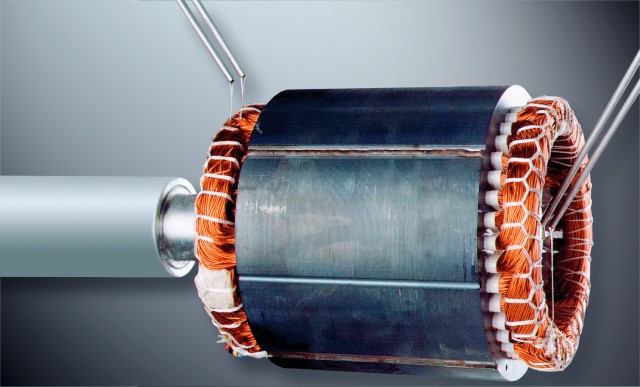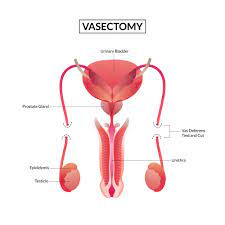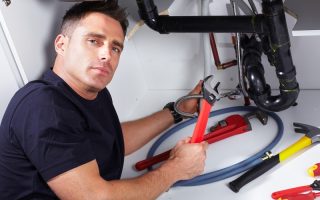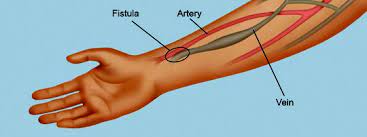According to Stratistics MRC, the Global Impregnating Resins Market is valued at $1498.0 million in 2022 and is predicted to rise at a CAGR of 7% to $2248.1 million by 2028. Impregnating resins and metal enamels are both utilised in the fabrication of transformers, motors, and generators. Some of the numerous items utilised in the electrical sector include wire windings, laminated cores, and insulating materials that require impregnating resins.

Impregnating Resins Market Overview:
Increasing car production necessitates the use of effective insulating methods.
The growing demand for long-lasting engines with the highest power density and lowest noise emissions has accelerated the use of impregnating resins. Impregnating resins provide one- and two-component, low-viscosity, high-thermal-class impregnation solutions. These solutions are suitable for the vast majority of conventional methods used to manufacture automotive parts. Impregnating resins, sometimes known as secondary insulators, are required to offer mechanical stability, climate protection, and electrical insulation. It is widely utilised in the production of numerous automotive components, such as motors and automotive and electrical components. Furthermore, impregnating resins improve heat dissipation for copper windings and coils, mechanical stability, and environmental coating protection.
The high cost of high-quality raw materials
The expansion of the automotive and electric industries in emerging countries is expected to bring up new market opportunities through increasing demand and lower quality requirements. Because of variable raw material costs, improving the quality of impregnating resins is difficult. For example, due to changes in raw material prices, BASF was compelled to raise the price of all of its impregnating resins in Europe by USD 29.93 per metric tonne. Unexpected changes arising from shortages could have an impact on both customers and suppliers. Because high-quality raw materials are expensive, suppliers prefer to use lower-grade raw materials. These factors are expected to stifle market expansion over the projection period.
Improving the use of impregnating resins
Solutions that are extremely effective and operate at a high level are developed by combining electrical UV and hot dipping procedures with monomer-free or low-emission resins. Furthermore, as EV usage and production have expanded, impregnating resins have become increasingly popular because they provide exceptional performance at competitive prices. Many companies in the automotive and electronics industries employ renewable raw ingredients to make impregnating resins. As a result, they are concentrating on developing low-emission impregnating resins, which will enable motor manufacturers to produce more efficient and smaller motors by allowing standard design motors to function at lower temperatures, which is expected to drive market growth.
Solvent-based resins have a higher total cost and a lower efficiency.
The use of global impregnating resins market size raises the final cost of production and, subsequently, the cost of the finished product. Other, less expensive methods of delivering the same insulation as impregnating resins, but at a lower cost, are becoming more popular. Because solvent-based impregnating resins have lower heat resistance than their competitors, resulting in poor performance, market expansion may be limited. Concerns have also been raised concerning the environmental impact of solvent-based resins, which results in lower performance quality.
Covid-19’s Influence:
COVID-19 had a substantial impact on the overall growth of impregnating resins due to the fall in demand for end-user industries such as the automobile industry and other industries as a result of the pandemic. The automobile sector declined by almost 19% in 2020, with the total number of vehicles manufactured falling to 8.82 million from over 10.89 million in 2019. As a result, a major fall in production rates has hampered the expansion of the market for impregnating resins. Several manufacturing industries’ output rates have also fallen.
Over the projected period, the solvent-free resins sector is expected to be the largest.
Because of the rising need for secondary insulation maintenance, the solventless sector is expected to have the highest revenue share during the projection period. Solventless resins are used to coat the electrical machine windings of medium-voltage equipment, direct current equipment, electromagnetic coils, potential transformers, and traction motors, among other things, up to temperature class 200. Furthermore, electrical equipment makers typically utilise solventless impregnating resins to enable speedy and thorough impregnation of spinning devices. Furthermore, because of their high composition stability, minimal medium loss, bonding strength, and ease of preparation, impregnating resins are used in a range of applications by electronic component manufacturing facilities.
Throughout the projection period, the phenol formaldehyde resins sector is expected to have the greatest CAGR and epicgames.com activation.
The phenol formaldehyde segment is expected to have profitable growth in the global market throughout the forecast period, owing to the demand for goods with good thermal insulation, low density, and outstanding durability. A phenol-formaldehyde condensation product, which is a synthetic polymer generated by reacting phenols or substituted phenols with formaldehyde, is one of the less expensive structural adhesives. They are also an important component in the manufacture of circuit boards and are frequently employed in the manufacture of moulded products such as pool cues, coatings, adhesives, and lab counters. Also, the application of phenol-formaldehyde resins in acid solutions greatly decreased the rate of corrosion-induced deterioration of carbon steel.
The region having the greatest share is:
The Asia Pacific region is expected to account for the biggest revenue share in the global market during the projected period, owing to the expanding presence of important industry players such as Kyocera Corporation and Showa Denko K.K., among others, which are propelling market revenue growth. Furthermore, the rising production of household appliances and electronic components in countries such as China and Japan has raised demand for impregnated resins to provide excellent electrical insulation. Another key driver driving market revenue growth is an increase in demand for high-quality electrical components as a result of regulators’ tight emission-reduction standards.
The region with the greatest CAGR is:
The North American area is expected to grow rapidly throughout the projected period due to an increase in the number of industries and technological advancements. Additional factors driving market revenue growth include North America’s long-standing industrial base and increased demand for fibreglass reinforced with resin. Furthermore, there is substantial government funding available for the use of impregnated resins in applications such as electrical insulation, enhanced heat transmission, and filament winding in electrical components, which has resulted in a rise in their utilisation. Furthermore, the replacement of the region’s antiquated transmission and distribution infrastructure is expected to enhance demand for impregnating resins.



